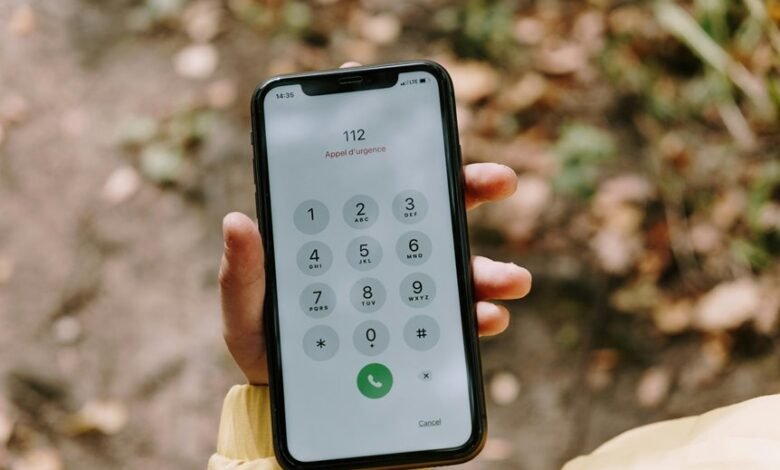8111 Emergency Call Success Probability

The 8111 emergency call system plays a critical role in public safety. Its success probability hinges on several factors, such as call duration and operator training. Longer calls may delay responses, while skilled operators can enhance assessment accuracy. By analyzing data trends, emergency services can identify fluctuations in call volumes and response times. This analysis raises questions about current practices and potential improvements. What strategies could be implemented to optimize outcomes further?
Understanding the 8111 Emergency Call System
The 8111 Emergency Call System serves as a critical lifeline in times of crisis, designed to facilitate rapid response by emergency services.
Central to its effectiveness are established emergency call protocols and stringent caller verification processes, which ensure that responders receive accurate information swiftly.
This system empowers individuals to seek help confidently, reinforcing a community’s resilience and maintaining the foundational right to safety and security.
Factors Influencing Call Success Rates
Success rates of the 8111 Emergency Call System are influenced by a variety of factors that can significantly impact the efficiency and effectiveness of emergency responses.
Call duration plays a crucial role, as longer calls may delay response times.
Additionally, the quality of response training for operators directly affects their ability to assess situations quickly and accurately, ultimately influencing the success of emergency interventions.
Analyzing Data Trends in Emergency Response
While evaluating the effectiveness of emergency response systems, analyzing data trends provides critical insights into patterns that may inform improvements in service delivery.
Call volume fluctuations often correlate with varying response times, highlighting the need for adaptive resource allocation.
Strategies for Improving Emergency Call Outcomes
Improving emergency call outcomes necessitates a multifaceted approach that considers both technological advancements and human factors.
Effective call training enhances dispatcher skills, ensuring they can assess situations accurately and relay critical information.
Moreover, refining response protocols facilitates quicker, more coordinated action among emergency responders.
Together, these strategies aim to elevate the success probability of emergency calls, ultimately safeguarding lives and promoting individual freedom.
Conclusion
In the intricate tapestry of emergency response, the 8111 call system serves as a crucial thread, intertwining operator skill and call dynamics. Just as a skilled weaver ensures the strength and beauty of fabric, trained operators enhance the system’s efficacy, while data analysis acts as a guiding light, illuminating paths to improvement. By refining protocols and embracing innovation, emergency services can weave a resilient safety net, fostering community trust and ensuring timely interventions in times of crisis.




